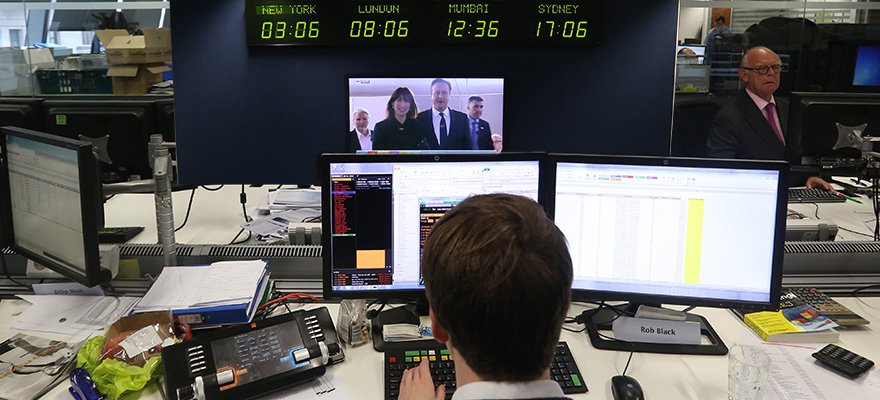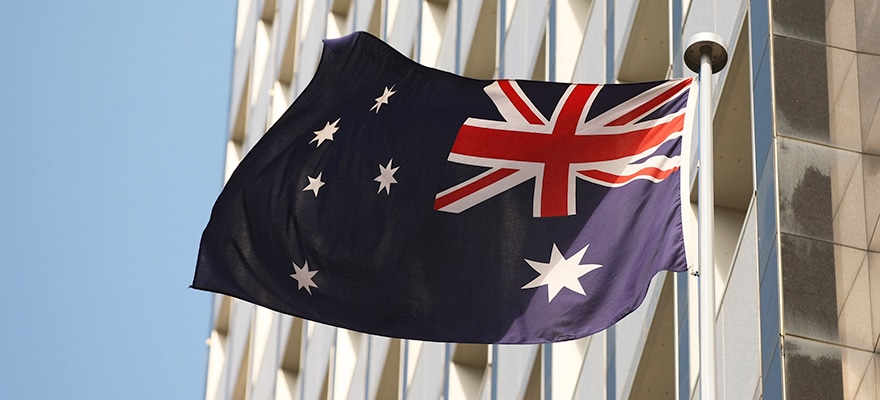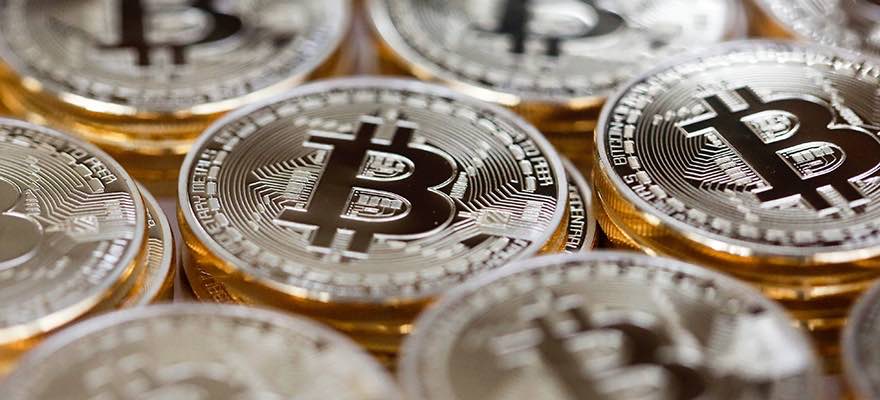Elections always come bearing the potential to cause Volatility in the currency markets, because the political uncertainty that accompanies such events often weighs on investor sentiment. We have seen the impact elections can have on the currency markets on a number of occasions over the recent months.
For example, the election outcome in Greece and increased risk of a Grexit contributed towards the Euro decline accelerating, and the snap election in Japan towards the end of last year resulted in further punishment for the JPY. The Naira also encountered further volatility in the lead up to the Nigerian election which took place in March, and more recently political uncertainty has been one of the major factors behind Lira weakness as the Turkish election approaches in June.
For now though, the majority of attention is set to focus on the UK election taking place on this Thursday, as it seems to be concluding a particularly erratic period for the British Pound (GBP). What does the next month hold for traders interested in the GBP and what knock-on effects can other currencies expect from the swings of the sterling? The case is an interesting one.
The Global Stage and the Swings of the GBP
After a sudden slide at the beginning of 2015 against the appreciating US dollar, the GBP fared generally better than other major currencies, particularly the Euro, as contrasting central bank policy dominated market volatility. By the end of February 2015, the GBP/USD managed to recover its losses suffered at the beginning of the year and managed to perch itself at a level nearly as high as the one it held in December 2014.
Due to the GBP/USD hitting a five-year low at 1.45 in April, there is a valid argument that the UK election has been already priced into the Pound and it might be the FTSE that remains more vulnerable to downside risks.
But the strong position of the British pound wasn't destined to last long. The sterling started tumbling down a steep path at the beginning of March, and after a feeble attempt at stabilisation towards the end of that month, the GBP/USD finally hit a five-year low on 13th April.
These sudden downside movements were basically due to the GBP/USD suffering from a complete lack of investor attraction. While UK economic data remained largely robust throughout the opening months of the year, it was a combination of unexpected UK inflation risks and an upcoming election that continually pressured the currency. Any remaining optimism that investors had that the Bank of England (BoE) might raise interest rates in 2015 has now all but dissipated as the UK faces unexpected downside inflation risks, with the BoE being renowned for possessing extremely dovish views on inflation pressures.
Although it was expected that the decline in the price of oil would result in lower inflation, core inflation remains unexpectedly weak with this suggesting the UK inflation risks stretch further than the decline in the price of oil. There were even times when BoE policymakers made reference towards the possibility that the central bank might need to ease monetary policy further. To be honest, this would be a huge surprise and most still expect the next move from the BoE to be an interest rate rise (although this has been delayed indefinitely).
Elections Looming Large
In less than a week and amidst potential global instability, the UK public will go to the polls for general elections. Adding to the suspense of the event, the latest opinion polls showed the top parties running neck and neck, making this the closest and most unpredictable election in the UK in over a generation. What do the coming weeks hold for the GBP?
Continued volatility seems to be the only certainty at the moment. Although it’s hard to predict with any degree of certainty which way the charts will swing, the election polls remaining close does point towards investor sentiment weighing on the GBP. Due to the GBP/USD hitting a five-year low at 1.45 in April, there is a valid argument that the UK election has been priced into the Pound and it might be the FTSE that remains more vulnerable to downside risks.
Due to the possibility that the UK election might have been priced into the GBP/USD, I will be keeping a closer eye on the technical levels as the election approaches.
The GBP/USD has previously seen the 1.50 level as psychological resistance and the sentiment towards the pair will be more positive if it manages to extend above 1.50.
In the event that the GBP/USD manages to extend above 1.50 and then fall back below, it’s possible that traders will target the pair and try to push it back lower if the UK election outcome is as close as the recent opinion polls suggest.
In the meantime though, I am keeping a close eye on the technicals because it is only if the GBP/USD manages to drop back below 1.50 that I think traders could look to target the pair.

















